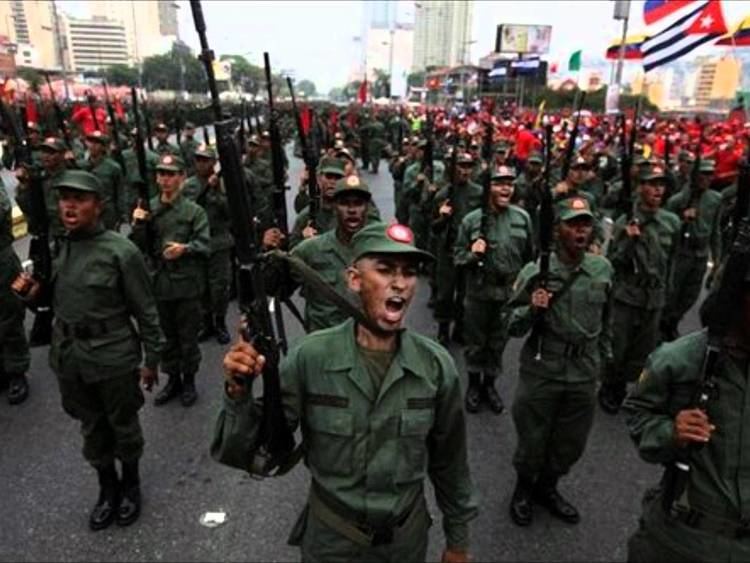 | ||
Communist revolution
A communist revolution is a proletarian revolution often, but not necessarily inspired by the ideas of Marxism that aims to replace capitalism with communism, typically with socialism as an intermediate stage. The idea that a proletarian revolution is needed is a cornerstone of Marxism; Marxists believe that the workers of the world must unite and free themselves from capitalist oppression to create a world run by and for the working class. Thus, in the Marxist view, proletarian revolutions need to happen in countries all over the world.
Contents
Leninism argues that a communist revolution must be led by a vanguard of "professional revolutionaries", men and women who are fully dedicated to the communist cause and who can then form the nucleus of the revolutionary movement. Some Marxists disagree with the idea of a vanguard as put forth by Lenin, especially left communists. Some who continue to consider themselves Marxist–Leninists also oppose the vanguard despite disagreeing with the majority of left communism. These critics insist that the entire working class—or at least a large part of it—must be deeply involved and equally committed to the socialist or communist cause in order for a proletarian revolution to be successful. To this end, they seek to build massive communist parties with very large memberships.
Communist revolutions throughout history
The following is a list of successful and unsuccessful communist revolutions throughout history. Among the lesser known revolutions, a number of borderline cases have been included which may or may not have been communist revolutions. The nature of unsuccessful revolutions is particularly contentious since one can only speculate as to the kinds of policies that would have been implemented by the revolutionaries had they achieved victory.
